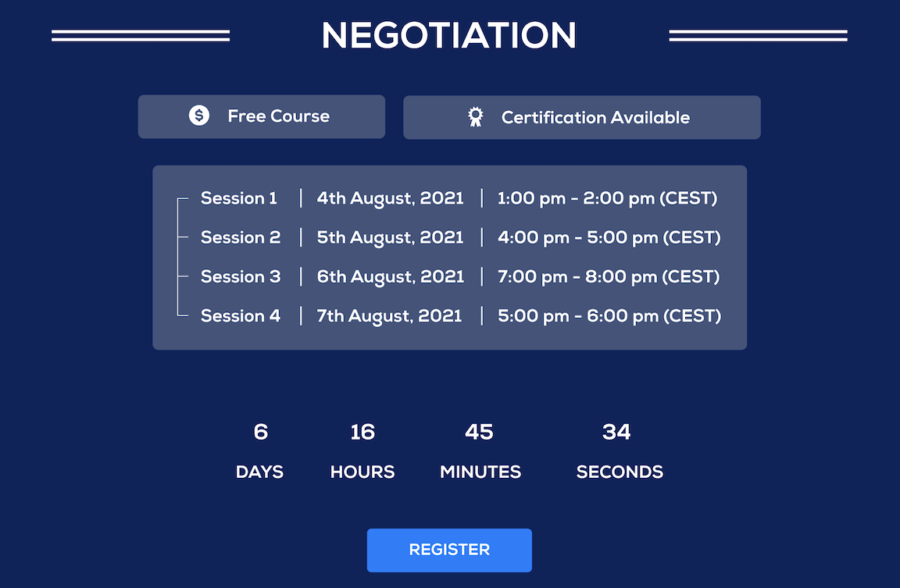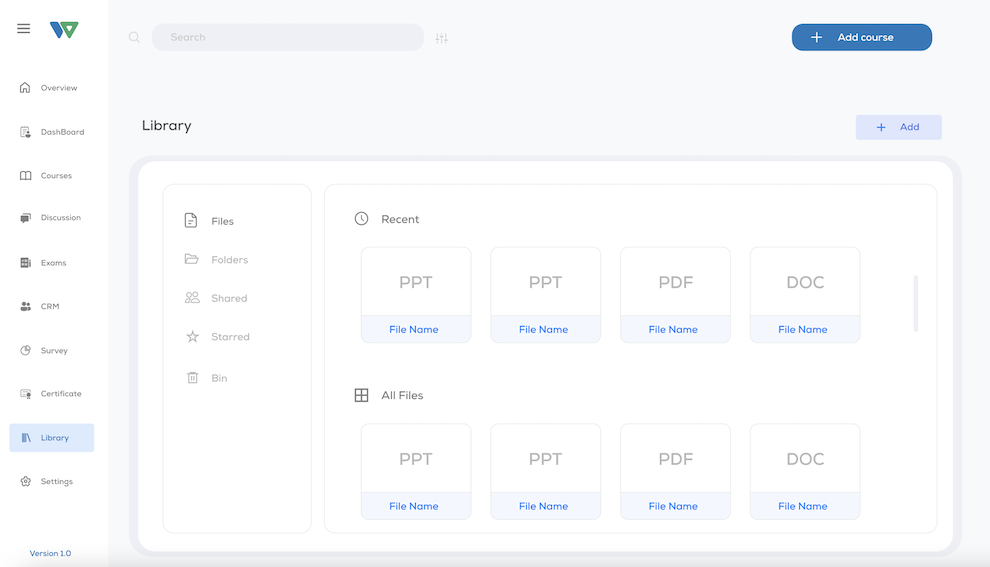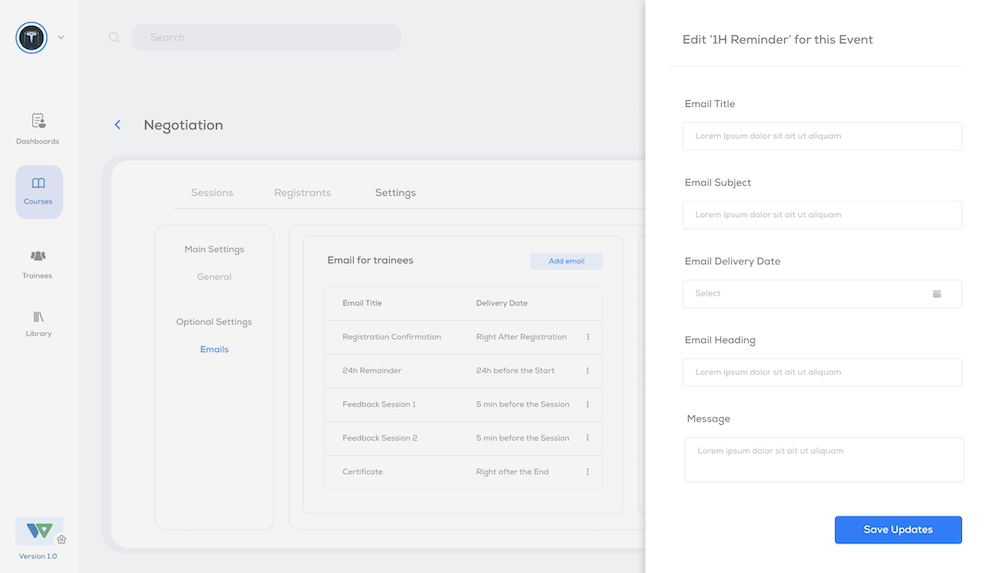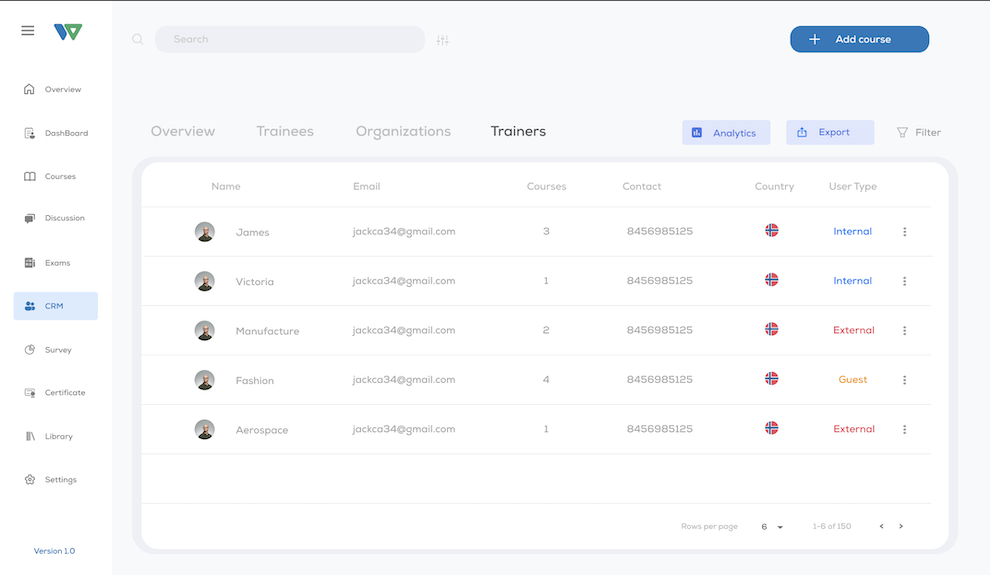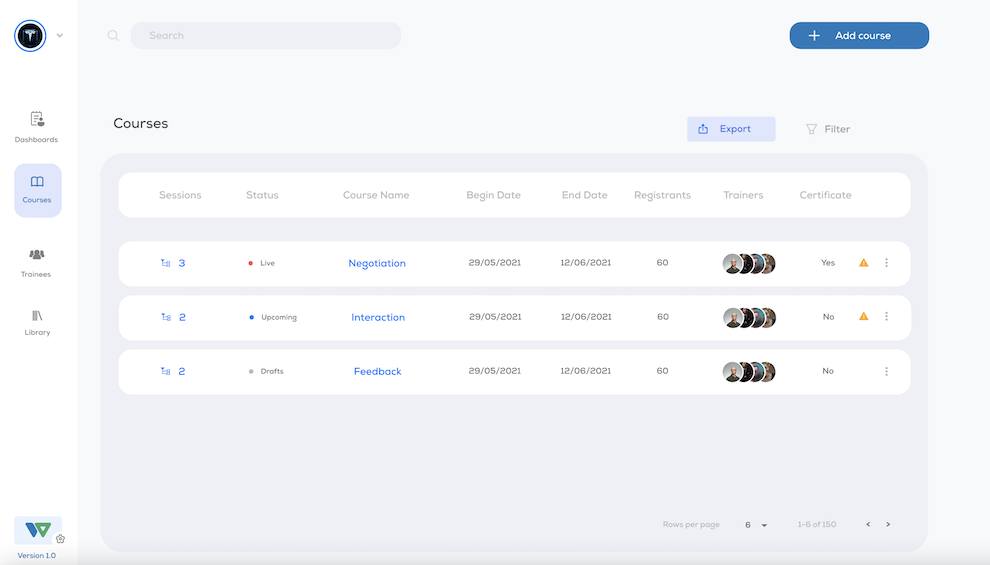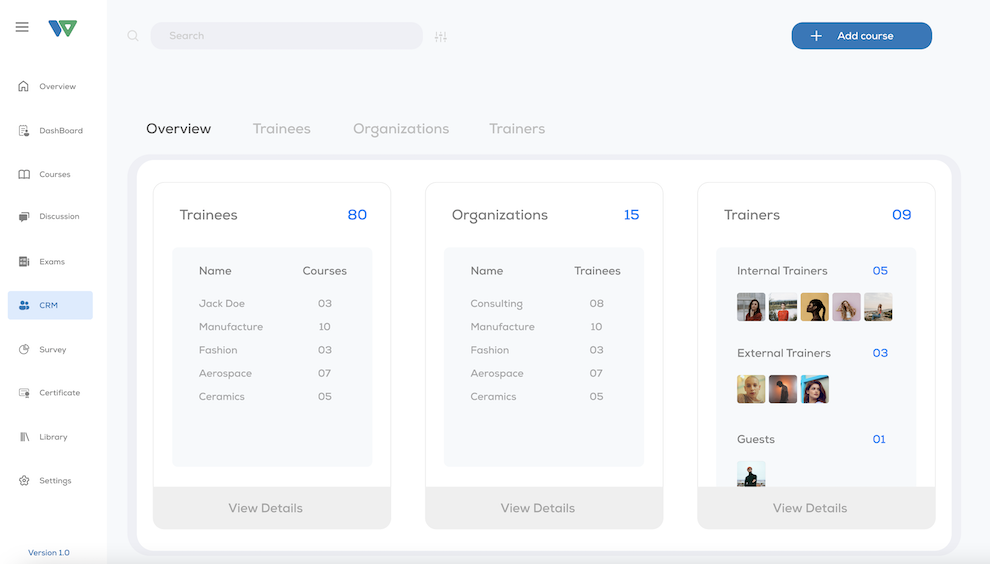Scientific Research
December 17, 2021 2022-03-09 23:23Scientific Research
The importance of engagement
Engagement is one of the major drivers of the students’ learning experience, a fundamental aspect that is often left forgotten, this is why we always put the students’ well-being and their motivation/engagement at the centre of our product vision. Our Framework of Engagement© (so-called Pillars of Motivation) lays its foundations on the factors of intrinsic motivation. To date, we are able to accurately measure these factors by using an innovative evaluation assessment based on the Psychological Hypothetical Projective Questions© which does not use the traditional rating scales (eg. from 1 to
10 scales or the Likert scale “Strongly agree” vs “Strongly disagree”) as it is hard for students to relate to a number when assessing their engagement and, as a result, the outcomes should be considered unreliable. Instead, we give 3 hypothetical answers into which students can project and recognize themselves. We decided to start from the measurement of engagement to then expand the product towards our vision of “empowering education through continuous real-time feedback loops”.
What our users say about us
Source: University of Notre Dame
Intrinsic motivation
It refers to an inherent interest in pursuing a topic (“learning for learning’s sake”). These individuals find a subject enjoyable and they naturally desire to learn mastery of it.
Extrinsic motivation
It refers to a desire to pursue a subject for reasons outside of the individual, such as rewards, grades, parental or instructor approval, etc. These individuals are motivated to learn a subject not because they want to learn it, but because learning the material will get them good grades, parental praise, or because jobs in that field pay well; all of which are external rewards.
Pillars of motivation
Evaluate motivation using a science-backed approach
We measure the key pillars involved in the process of motivation and progress-enhancing
intellectual stimulation, all backed by science.
Learning Progress
Do the students perceive their learning path as effective?
The “Learning progress” pillar refers to the influence that an effective learning process can have on students’ personal motivation. In particular, individuals’ awareness to be growing and improving throughout the learning experience fulfils the human need of experiencing a sense of competence; hence, it has a positive influence on satisfaction and, consequently, on individual motivation.Ryan, R., & Deci, E. (2000). Self-determination theory and the facilitation of intrinsic motivation, social development, and well-being
Interest in the Material
Are the students interested in the core topics covered by the course?
The “Interest” pillar takes into account two main tendencies that individuals may have towards the interest in material; it is indeed possible to find individuals with a general interest attitude towards things (individual interest), or people who show an interest in a specific topic in particular (situational interest).Schiefele, U. (2009). Situational and individual interest. In K. R. Wenzel & A. Wigfield (Eds.), Educational psychology handbook series
Self-Confidence
Do the students feel confident about the tasks they have been assigned?
The “Self-Confidence” pillar refers to how the students report higher levels of engagement when they feel up to the task at hand, i.e. when it is not overly complicated. Furthermore, with a significant degree of self-confidence, the individual believes that a type of reward (whether intrinsic or extrinsic) can derive from the performance of the task, which is therefore worth completing.Wigfield, A., & Eccles, J. (2000). Expectancy–Value Theory of Achievement Motivation
Social Interactions
Have the students created constructive relationships within the course?
The “Social interactions” pillar refers to the relationships that are built within a course. From a sociological perspective, positive interactions between peers potentially improve students’ academic achievement, career choices, or labour market outcomes later in life.Telhaj, S., 2018. Do social interactions in the classroom improve academic attainment?. IZA World of Labor
Clarity of Goals
Is it clear how the course is helping the students achieve their personal and professional goals?
The “Goal” pillar refers to the extent to which the course is providing the skills that students expect concerning their personal or professional goals. Perceiving a clear correlation between the content of the course and the students’ objectives, whether personal or professional, is a determining factor for individual motivation. In other words, it represents the clarity of the “why” a subject should be learnt.Gollwitzer, P., & Moskowitz, G. (1996). Goal Effects on Action and Cognition
Sense of Control
Do the students feel capable to overcome any problems that may arise during the course?
The “Sense of Control” pillar represents the student’s level of control, meant as the ability to manage one’s own learning process independently. In particular, it refers to the student’s ability to independently solve problematic situations s/he may encounter during the learning experience (e.g. gaps in their skills, difficult provided material, trainer’s unavailability for clarification).Zimmerman, B. (1990). Self-Regulated Learning and Academic Achievement: An Overview
Flow
Do the students perceive a right balance between their skills and the difficulty of the course?
The “Flow” pillar refers to a particular emotional state where the student finds him/herself completely engaged to the task and fully immersed in the moment; the experience of deep involvement and devotion to specific activities occurs when the student perceives a perfect balance between the level of challenge and his/her own capabilities, crucial to overcome potential obstacles.Mihaly Csikszentmihalyi. (1990). Flow: the psychology of optimal experience
Exposure to New Concepts
Are the students exposed to new concepts?
The “Exposure” pillar refers to the level up to which the individual perceives that the content of the course is enriching him/her, in terms of acquiring new skills and abilities. The learning of new concepts highlights any gaps in the student’s portfolio of competences and it can hence stimulate individual curiosity and motivation.Sakaki, M., Yagi, A., & Murayama, K. (2018). Curiosity in old age: A possible key to achieving adaptive aging
Intrinsic vs Extrinsic Motivation
Are the students driven by internal or external factors?
The “Motivation” pillar is aimed to analyse a student’s orientation in terms of extrinsic or intrinsic motivation toward learning. Being extrinsically or intrinsically motivated can make a big difference in the overall student’s approach and can affect dramatically his/her effort and final results.Deci, E. (1971). Effects of externally mediated rewards on intrinsic motivation
Trust
Can the students have open conversations with the professor?
The “Trust” pillar indicates the degree of trust that the student places in the professor’s figure as an educational leader. The professor’s ability to inspire, guide, and educate the students contributes to establishing a relationship of deep mutual trust.Ryan, R., & Deci, E. (2000). Self-determination theory and the facilitation of intrinsic motivation, social development, and well-being
Via Salvo d’Acquisto 6, Borgo San Dalmazzo, 12011 (CN), Italia
VAT: (IT)03962590042
ECOSYSTEM
Copyright © 2023 WYBLO S.R.L. – All rights reserved. Wyblo provides training teams the tools to effortlessly improve the quality of their courses.

